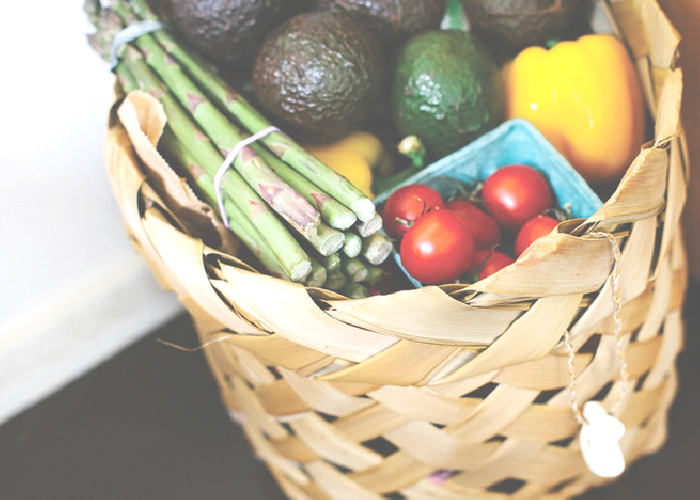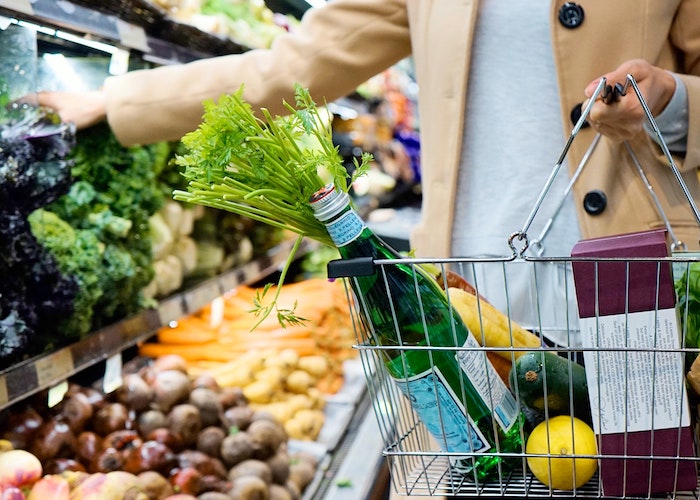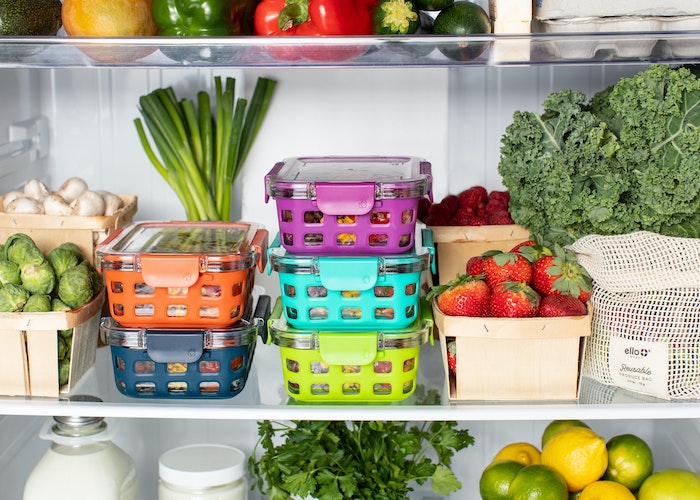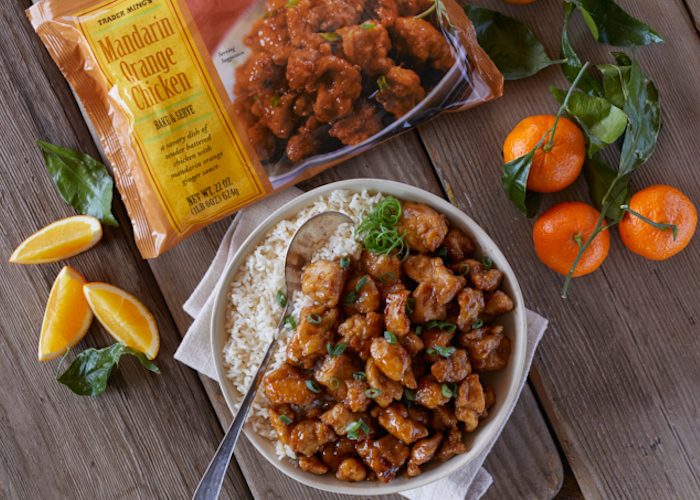19 Ingredients Every Home Cook Needs In Their Kitchen
I’ve been thinking a lot about cooking cheaply and often, and how to make recipes that fit into limiting, ingenuity-demaning little boxes. Meals for five dollars a person. Meals under five ingredients. Meals that take – from opening the refrigerator to plating – 30 minutes. I’ve come up with a decent list of things I want to make, and while I can’t wait to get started, I’ve realized that none of them really fit into the constraints I set out for them, because they account for things I just assume are givens in any recipes. Salt, pepper, oils, spices, etc. For me, these aren’t really “ingredients” in a recipe, or things I take into the individual cost of a meal. They are things I buy up front, and use up slowy, pinch by pinch. If you take every recipe as the occasion to be buying pepper or olive oil for the first time, you’re honestly kind of fucked.
So I thought it would be practical to come up with a catch-all list of ingredients that will take you throughout several world regions of cuisine, and will spice up things that are otherwise cheap and quite bland (think plain beans, grains, and root vegetables). For me, unseasoned food is a greater sin than food you bought in the frozen food section and heated in the microwave, so these up-front investments (for me) pay off tenfold. I should also note that, while most of these items are vegan by nature, not all of them are, because I am not. And while I support anyone else’s health or ethical journey however they want to live with, I am not ready to live in a world that doesn’t contain butter. Sorry.
Now, onto the list.
Herbs, Seasonings, and Pastes:
Salt and pepper. Duh, and also, invest here a tiny bit. Upgrade to the lighter, flakier kosher salt, and eventually expand your arsenal to contain sea salts, weird Himalayan pink salts, and truffle salts. As for pepper, pay the extra dollar fifty and get the kind with a grinder. Pre-ground black pepper is sad, and makes you sneeze whenever you open it.
Crushed red pepper. Boil some pasta, melt a bit of butter (or drizzle a bit of good olive oil) over it, and toss in toasted garlic, salt, and cracked red pepper. Delicious, and effort-free.
Cinnamon. Useful for both savory and sweet recipes, and the most efficient way to make your homemade morning coffee taste elaborate and (coquettish giggle) sinful.
Herbes de Provence. An aromatic blend of herbs that is perfect for basically any light meat roast, and immediately upgrades your potatoes in a fabulous way.
Good chicken bouillon. You never know when you’ll need some chicken stock on short notice (trust me, it shows up in the strangest of recipes), so keep some of this on hand to avoid running out to the corner store every time you find yourself without it. I recommend the paste you keep in your refrigerator.
Curry paste. I love a good curry, as it’s (relatively) easy and fast, and can be made with a wide array of ingredients you happen to have on hand (frozen veg, chicken, beef, seafood, etc). I always have some red curry paste on hand.
Chili paste/dried chilis. Okay, so this really only applies if you are into spicy food. But if you are, never find yourself without a good assortment of chilis. I have three on hand at all times: a basic chili paste, a fermented Sichuan chili paste, and some dried, chopped chilis. Runny-nose goodness in a few minutes flat.
Old Bay. As a Marylander, I couldn’t endorse a cupboard that didn’t have a shaker of this stuff. Feeling lazy, and don’t want to put any thought into your flavor profiles? Shake some Old Bay over whatever you’re making, and it’s pretty much guaranteed to turn out well. Also, popcorn.
Garlic. A house without fresh garlic is a bad house, and also prone to vampires. Garlic powder is for the weak, and besides, a bulb of garlic roasted in the oven with the caramelized cloves spread on a piece of crusty bread is in the top 10 best ratios for easy vs satisfying.
Oils & Sauces:
Olive oil. Your best friend, your catch-all. There will never be a time when you don’t need olive oil, and contrary to popular belief, you don’t really need to get a good one unless you’re planning to drizzle it on something specifically for the flavor. If you’re just cooking with it/mixing it in other ones, a decent one will do just fine.
Soy sauce. I could talk for hours about how much I fucking love soy sauce. I could drink soy sauce. And if you are into basically any recipe from a huge swath of Asia, you’re going to need it. Everything from sushi to cold sesame noodles to a good curry will call for it. (Well, some people use just fish sauce in their curries, but I use both. This may be a gringa move, I honestly don’t know.)
Sesame oil. Makes so many wonderful things, and has such a distinct flavor, but remember: a little bit goes a loooong way. Always use a bit and taste before adding more. Don’t make my mistake, and use it as liberally as olive oil. It’s basically like being suffocated by a sesame pillow.
Vinegar. I love to have the holy trinity – apple cider vinegar, rice wine vinegar, balsamic vinegar – but if you have to cut down to just one to start, go with balsamic. You will never have to buy salad dressing again.
Good mustard. It should burn the nose, and transform/emulsify any vinaigrette. It has basically no calories, and makes basically any sandwich good.
Cooking Basics:
Flour. There is never a time when you won’t need flour. Making a roux? A pie? A cake? A breaded piece of meat? You’d better have it. (Also, in most cases, it will eliminate the need for cornstarch, which I hate on principle. Cornstarch murdered my father, the King, whom I will spend my life avenging.)
Butter. And keep it on the counter, not in the refrigerator.
Sugar. If you’re only going to have one, go with a good cane sugar. (I say this as a biased person who rarely bakes, so rarely has a need for castor sugar. But cane sugar just tastes so much better in sauces and drinks and whatnot.)
Baking soda. Have it around.
Cooking wine. Always have a bottle of meh white and meh red on hand. Wine is the winged eyeliner of the recipe world – it just makes everything so much sexier.
So there you have it, the basics. If you want to upgrade, there are many places to do it (fish sauce, ginger, maple syrup, lemon juice, etc), but this is more than enough to get you through tons of recipes and quick fixes. It’s also the basics for turning nearly any “I have nothing in the fridge” situation into “I can throw something together.” Once you have the basics of seasoning and elevating your food, a bag of frozen veggies and a scoop of rice is a delicious, filling meal. And while all of this will probably be a 100-ish-dollar investment up front, with the money you will save in wanting (and being able to) cook at home frequently, it will quickly pay for itself.
Making your kitchen a welcoming, exciting place is all about having the right ingredients to experiment. And while many of us (including myself) are still a ways away from the copper pans and pastel stand mixers, a chef isn’t defined the fanciness of her tools. What makes her great is what she can do in a pinch (of truffle salt, Hah! Hah! Hah!).




